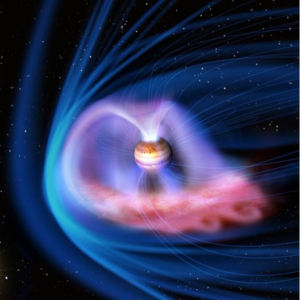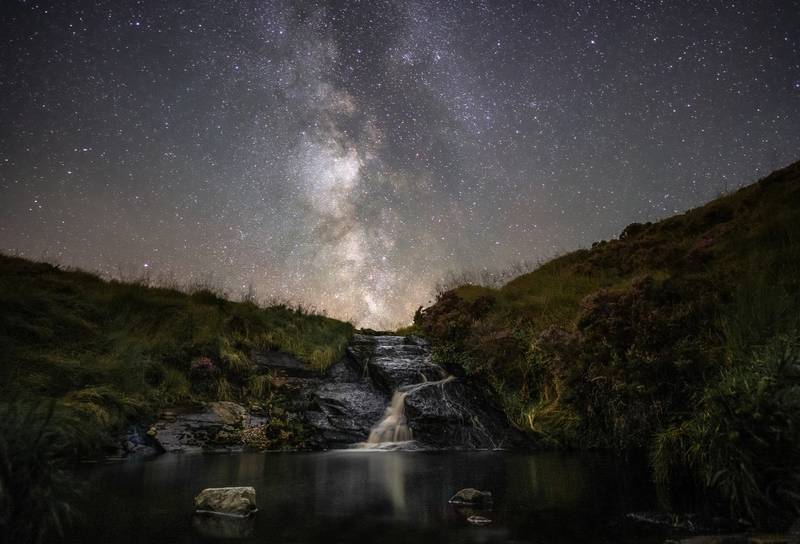The Northern and Southern Lights, also called Aurora, are a visible space weather phenomena. Energetic material travelling from the Sun can overwhelm Earth’s magnetic field and some of this material enters our atmosphere at the North and South poles, where it comes into contact with molecules like oxygen and nitrogen. The energy gets passed to the molecules, but they cannot hold energy for long and so it is released as light. Oxygen releases green and orange-red colours whereas nitrogen releases blue, purple and deep red colours. The stronger the storm from the Sun, the further away the Aurora spreads and can sometimes be seen in unexpected places. If you would like to know where the Aurora are currently visible from click here.

Aurorae are not special to Earth and occur on planets that have a magnetic field. The light that is produced is sometimes beyond what we can see with our eyes so different cameras are used to look at all different types. Here at DIAS we have a research group who study different planets’ magnetospheres including Mercury, Earth, Jupiter and Saturn. If you would like to learn more visit their group webpage here.
On the left is an example illustration of Jupiter’s Aurora.
Astrophotography
- Check the Aurora forecast, this will tell you where and when it is likely to see an aurora.
- Aim for a clear sky with no wind, and find a location with low light pollution.
- Check the phase of the moon. The darker the moon, the more likely aurora will be visible.
- Make sure your camera or smartphone is mounted on a tripod which you can adjust so the camera can point upwards into the sky. Start with a wide-angle lens (35mm to 14mm on a full-frame camera) to get as much of the sky as possible.
- A remote shutter release or self-timer will stop any movement of the camera.
- Shoot in RAW to collect the most information and use the largest aperture in your lens.
- You will always need to experiment with exposure, but set it as high as possible considering your camera’s limitations. If the moon is big and bright and illuminates the landscape, you can take advantage of this light by setting a lower ISO, usually between 800-3200 depending on the brightness. If you’re photographing the Northern Lights in a scene with external lights, such as street or house lights, you should set a lower ISO.
- Try a shutter speed of 8 to 15 seconds, depending on the brightness of the auroras. If it is moving very quickly you’ll need a faster shutter speed, perhaps down to 1-3 seconds. Aim to capture as much light with the shortest exposure you can. You’ll probably find that your camera sensor will capture more than you can see.

There is an astrophotography competition run each year by DIAS in partnership with the Irish Times called Reach for the Stars. The above photo is the 2021 winner and you can see more of the top photos here.





